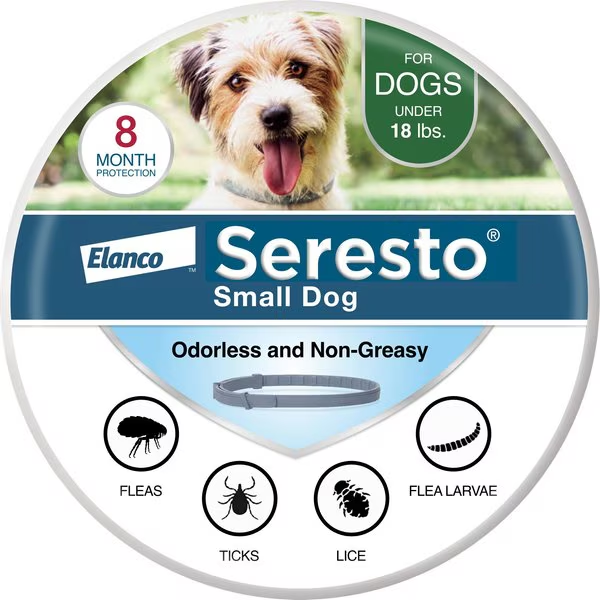
When you get a new puppy or kitten, there are a lot of veterinary visits that you may or may not have expected. He or she will need to have vaccines every three to four weeks, until your puppy or kitten is over sixteen weeks of age. If you get him or her later in life, your puppy or kitten will need at least two sets of vaccines in order to be fully protected.
However, that is not all. Then, when your pet is the proper age, it is time to think about getting him or her fixed. Although you may not want to do this, there are several compelling reasons why you should.
Here are some reasons why you should spay your cats and dogs.
Spaying that is completed before a cat or dog has had a heat cycle dramatically reduces their risk of breast tumors.
These tumors can be cancerous. In fact, around ninety percent of breast tumors in cats are cancerous, while the number for dogs is closer to forty percent.
Heat cycles in dogs can be messy, as they often involve a significant amount of bloody discharge.
Though many dogs take extra care cleaning up after themselves, the truth is that if you have a dog in heat, you are going to be cleaning up spots of blood throughout your home.
Cats in heat can exhibit odd behavior, such as howling and rolling around.
They are usually very vocal and can completely change their regular behavior. They can go in and out of heat every few weeks, so this can occur often.

Spaying prevents a life-threatening disease called a pyometra.
This hormonally induced disease of the uterus causes the uterus to fill with infection. The only way to cure this disease is to spay your pet. However, it isn’t ideal because your dog or cat won’t be feeling well to begin with. She will need intravenous fluids and extra care after her procedure to make sure that she makes a full recovery. If not treated (or if you wait too late), it could be deadly.
Spaying prevents unintended pregnancies.
There are too many unwanted animals, and every litter of puppies and kittens just adds to this. It also cuts back on the overpopulation of pets. Too many animals are euthanized daily due to overpopulation. If you want to make sure that you don’t have a surprise pregnancy, you should spay your pet as soon as she is ready for it.
Here are some reasons why you should neuter your cats and dogs.
Dogs that aren’t neutered tend to mark things by urinating on them.
This can be trees, bushes, your furniture, and even you!
Unneutered male cats develop an offensive urine odor.
This smell can be quite strong, and your entire home can be overcome by this smell.
Dogs and cats that aren’t neutered are more likely to fight.
Male dogs and cats are typically more aggressive and will fight others.
They can even be more aggressive with you.
Some dogs can be hard to handle when they are not neutered.
Unneutered animals are more likely to roam, looking for a female in heat.
They are more likely to get lost, as well as get hit by a car, because they are too worried about looking for a female.
These dogs are at an increased risk for prostate enlargement, prostate inflammation, anal tumors, and testicle tumors.
That being said, it doesn’t prevent prostate cancer.
The most common reason why people don’t spay or neuter their pet is due to the worry that their pet will gain weight after. However, that is not what causes them to become heavy. In fact, it is overfeeding, as well as a decrease in activity. Many cats and dogs slow down once they are about a year old, which makes them gain weight shortly after they are fixed.
***
Please note that the information provided is for educational and informational purposes only. Although I am a veterinary professional, this blog should not be used as a substitute for professional veterinary advice.
If your pet is experiencing a medical problem or concern, please contact a veterinary health professional immediately.






















